Centipede grass is a warm-season turfgrass popular in the southern United States. It is known for its low maintenance requirements and excellent heat tolerance, making it a great choice for those who want a beautiful lawn without spending too much time on upkeep.
Centipede grass is also relatively inexpensive, making it an affordable option for many homeowners.
While it is relatively easy to care for, there are some centepede grass care tips that homeowners must know. In this article we will discuss everything related to centipede grass: its types, maintenance and advantages along with common issues.
Centipede grass is a warm-season turfgrass known for its light to medium green color and coarse texture, featuring medium to wide blades with rounded tips. It has a low, dense growth habit, spreading through stolons to create a thick, carpet-like coverage.
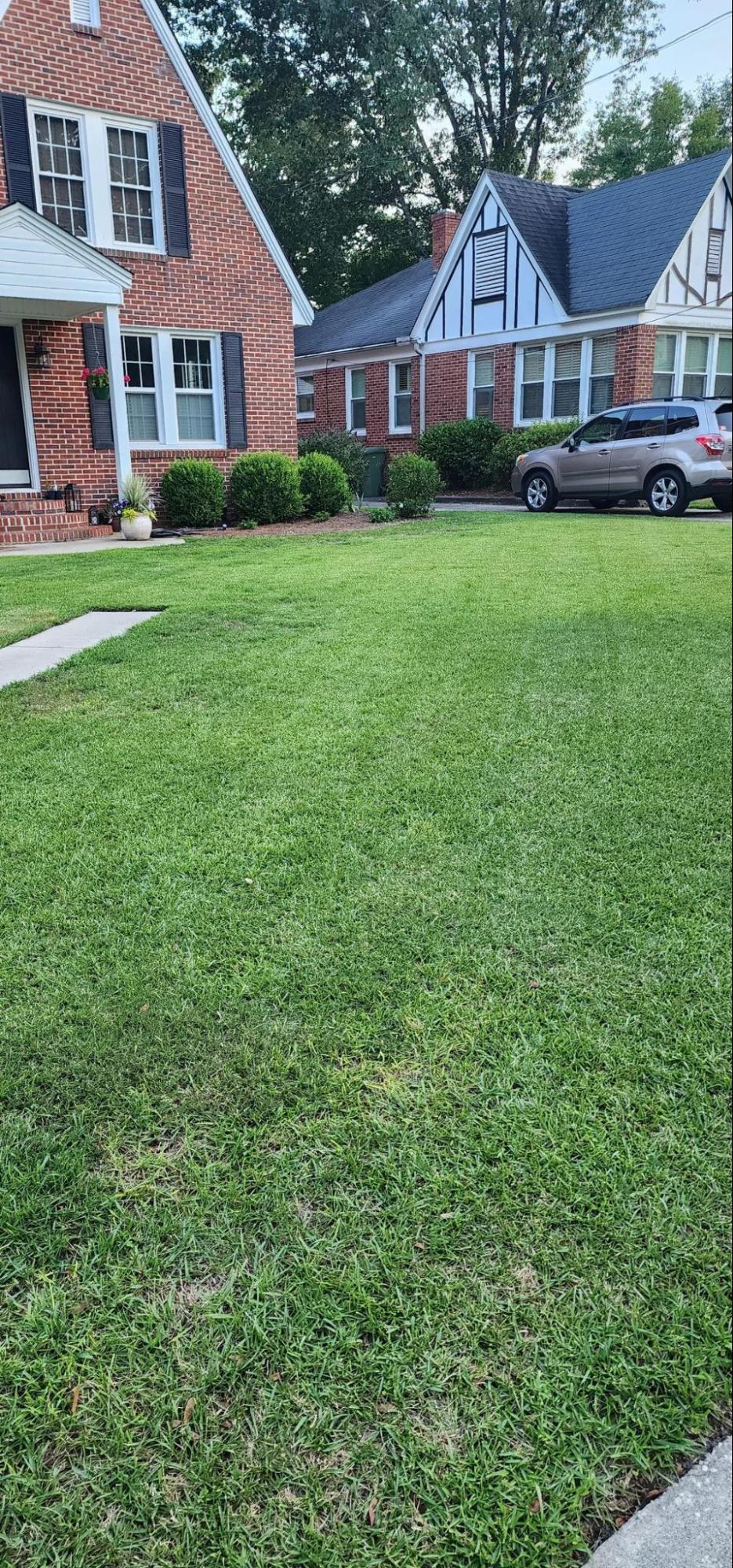
Centipede grass is:
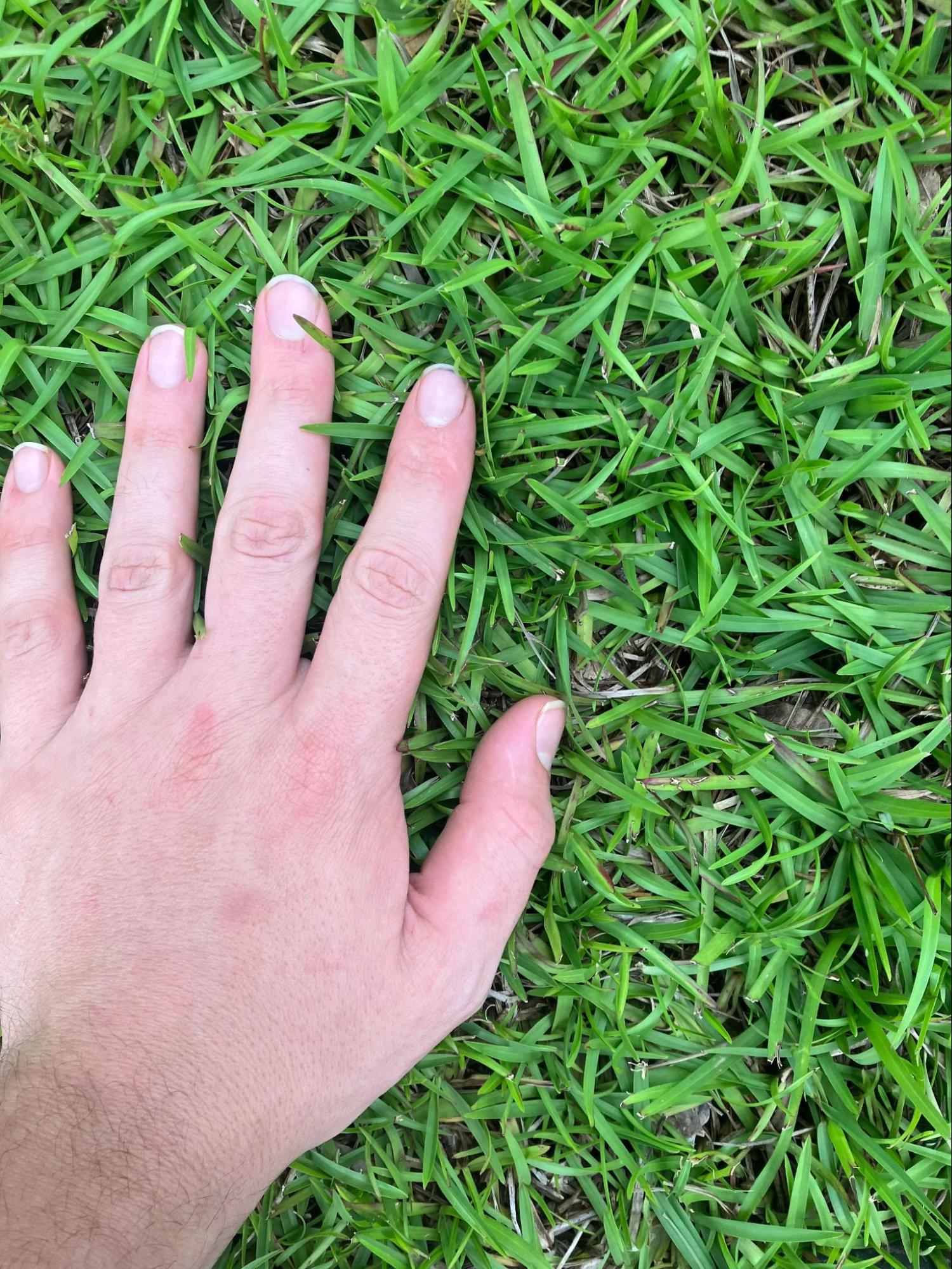
Several different types of centipede grass are available, each with unique characteristics.
Some of the most popular varieties of centipede grass include:
Overall, identifying centipede grass is relatively easy once you know what to look for.
By examining the physical characteristics of the grass and the different varieties and types that are available, you can choose the right type for your lawn and ensure that it stays healthy and vibrant for years to come.
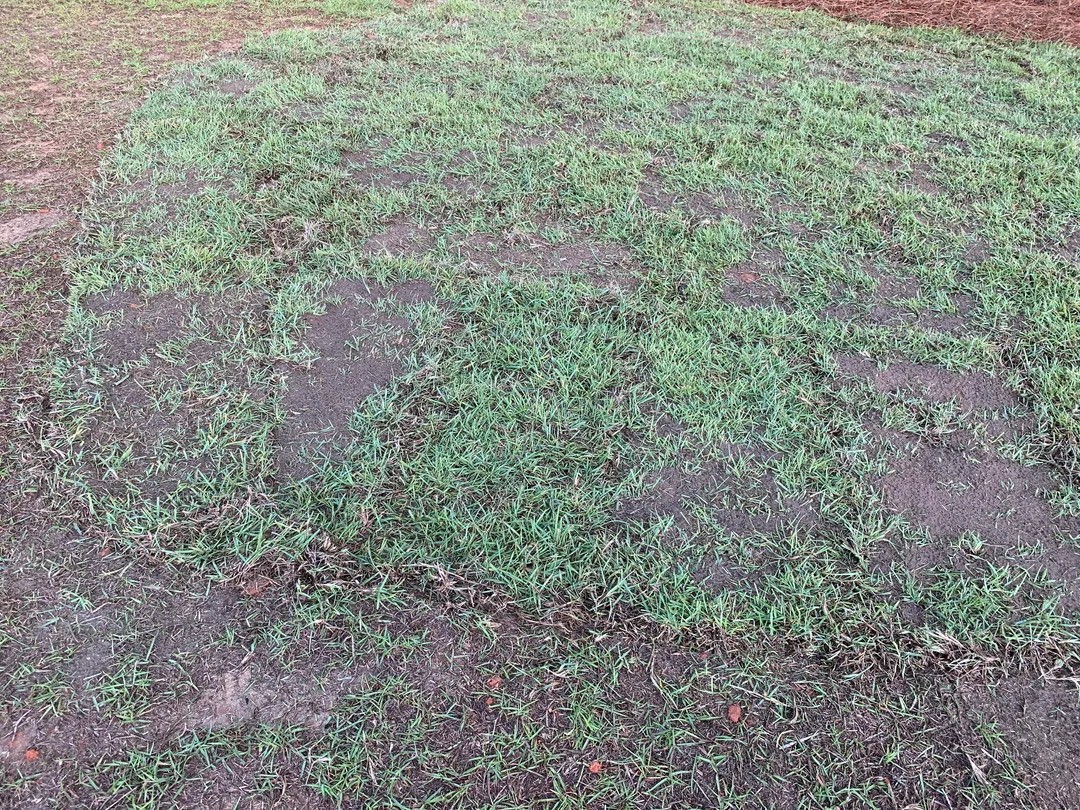
Growing centipede grass is a relatively easy process that can be accomplished through either seed or sod. However, there are a few important factors to consider when planting and establishing your centipede lawn.
The best time to plant centipede grass is in the late spring or early summer when temperatures are consistently above 70 degrees Fahrenheit. This allows the grass to be established before the cooler fall temperatures arrive.
Planting in the fall is also possible, but the grass may need more time to establish before winter dormancy.
When selecting centipede grass seed or sod, it is essential to choose a variety that is well-suited to your climate and soil type. Some popular varieties include:
It is also essential to purchase high-quality seed or sod from a reputable supplier to ensure the best possible results.
When planting centipede grass seed, mixing the seed with sand is recommended to make spreading easier.
A ratio of 1 pound of seed to 3 gallons of sand is ideal for maximum efficiency in covering the area. After planting, water the area thoroughly and keep it watered for three weeks to ensure proper germination.
For those opting for sod, it is essential to prepare the soil before installation properly. This includes removing any existing grass, weeds, or debris and loosening the top layer of soil.
It is also recommended to add a layer of enriched soil over the area to help the sod settle in.
Homeowners can successfully establish a beautiful and healthy centipede grass lawn by following these lawn installation tips.
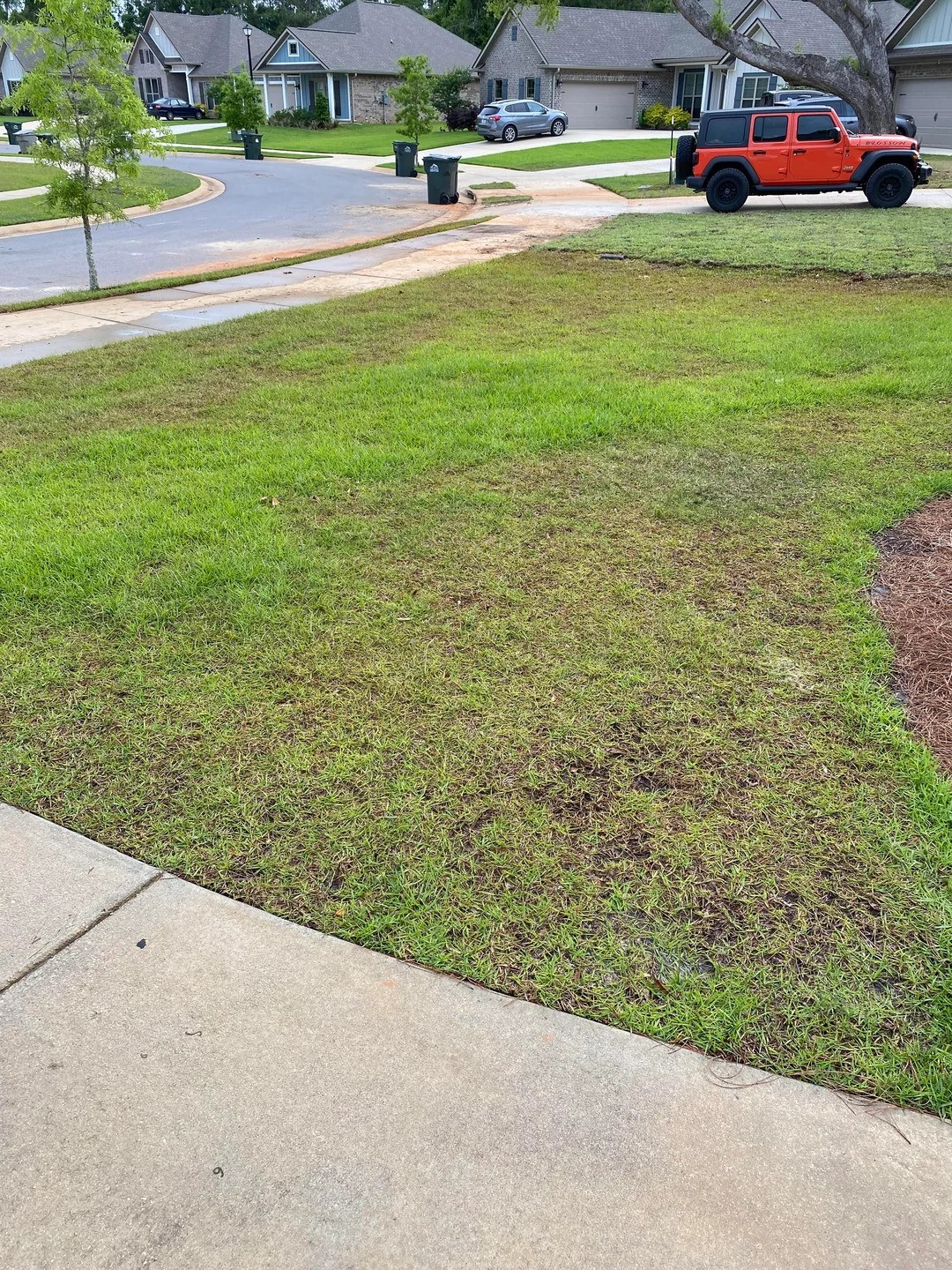
Centipede grass care is usually low-maintenance as it requires little attention compared to other varieties. However, proper maintenance and care are necessary to keep it healthy and lush.
This section will cover the essential aspects of maintaining and caring for centipede grass.
Fertilization is essential to keep centipede grass healthy and green. The best fertilizer for centipede grass has a high nitrogen content and low phosphorus and potassium levels.
A good rule of thumb is applying one pound of nitrogen per 1,000 square feet of lawn yearly. The best time to apply fertilizer for centipede grass is in late spring or early summer, just before the grass thrives.
Mowing is an essential aspect of centipede grass maintenance. It is best to mow centipede grass to a height of 1 to 2 inches. Mowing too low can damage the grass and make it vulnerable to pests and diseases.
Dethatching is necessary when the thatch layer becomes thicker than ¼ inch. Thatch is a layer of dead grass and other organic matter accumulating on the soil surface. Dethatching can be done using a dethatching rake or a power dethatcher.
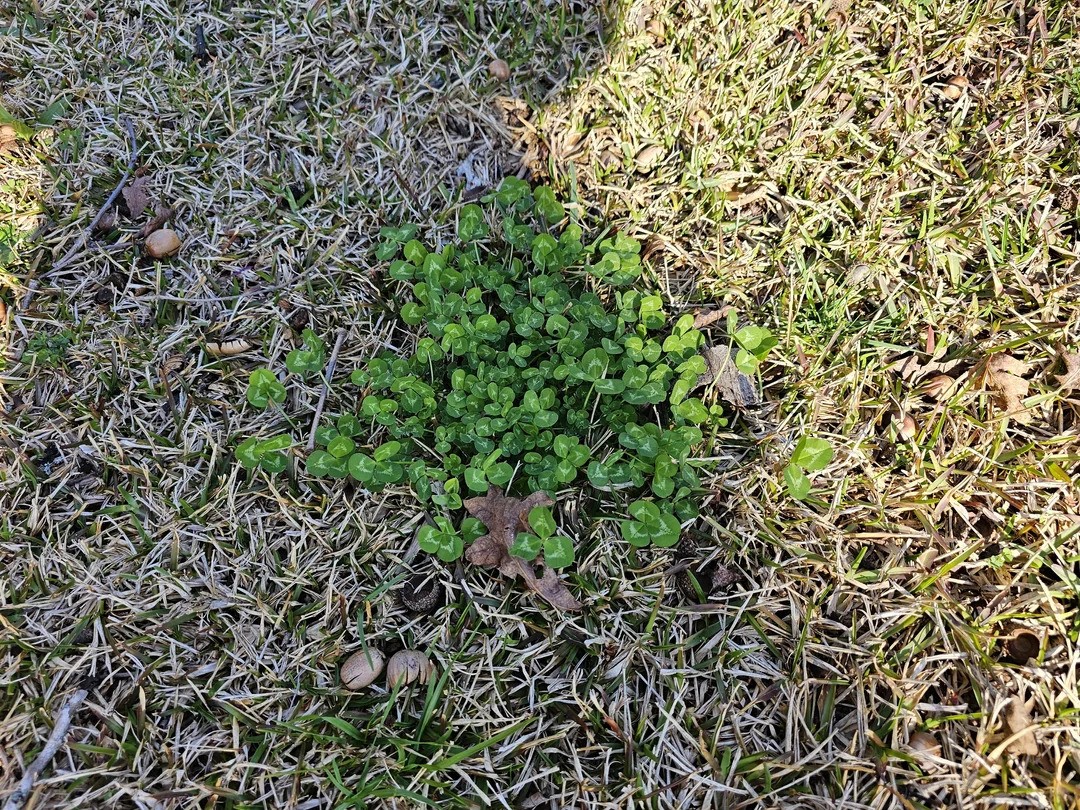
Centipede grass requires about 1 inch of water per week from rainfall or irrigation. It is best to water deeply and infrequently rather than shallowly and frequently. This helps the grass develop deep roots and become more drought-resistant.
Weed and feed for centipede grass is available, but it is best to avoid them. Centipede grass is sensitive to herbicides, and weed and feed products can damage or kill the grass.
It is best to control weeds manually by pulling them out or using a hoe.
Following a proper fertilization schedule, mowing and dethatching regularly, and watering deeply and infrequently can help keep the grass healthy and green. Manual weed control is also recommended to avoid damaging the grass.
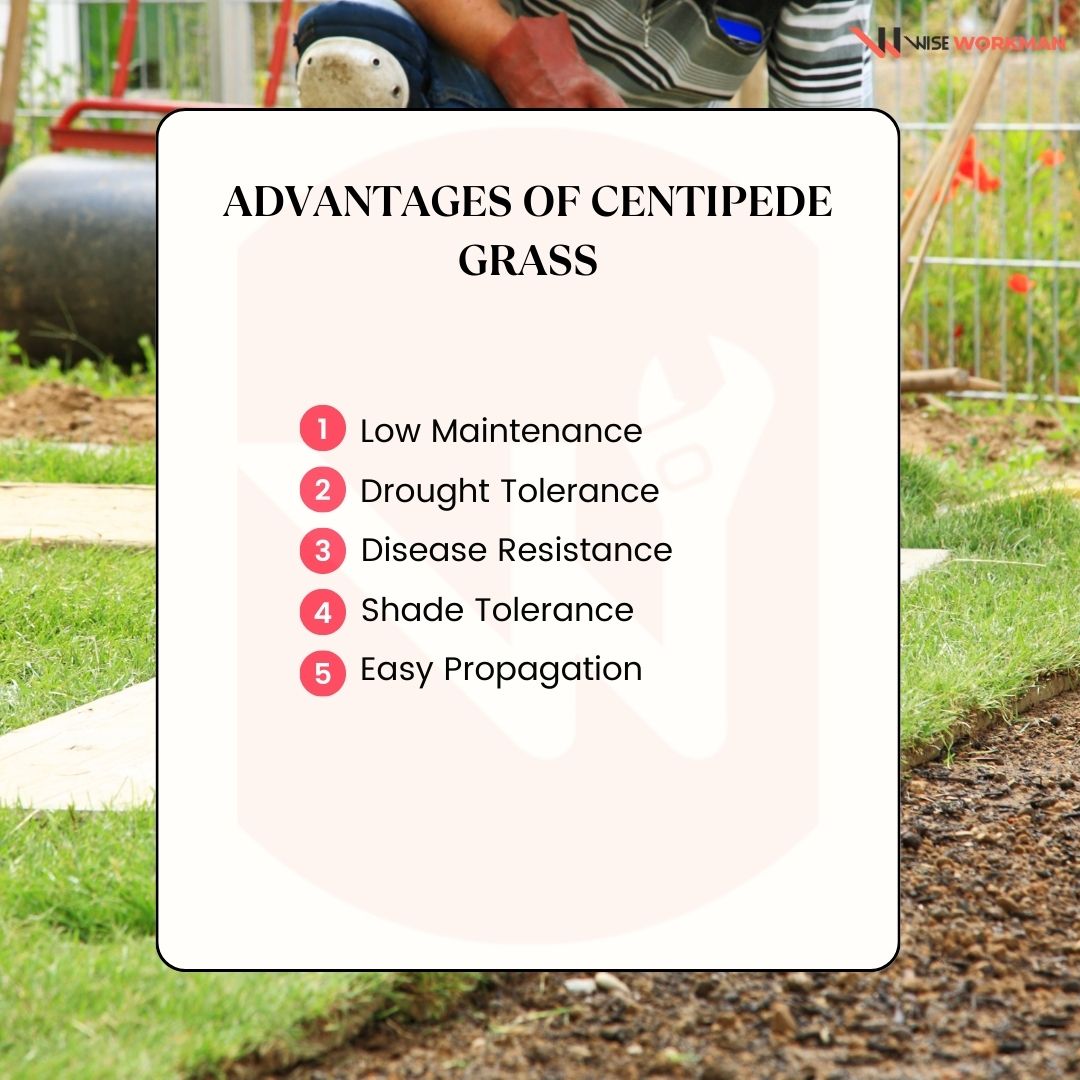
Centipedegrass has several advantages that make it a great choice for lawns in mild climates. Here are some of the benefits of using centipede grass as your turfgrass:
Centipede grass is a low-maintenance option that requires less fertilizer and water than other types of grass. This means that homeowners can save money on their water bills and spend less time maintaining their lawns.
Centipede grass is drought-tolerant, which means it can survive extended periods of hot and dry weather. This makes it an ideal choice for homeowners who live in areas with water restrictions or who want to conserve water.
Centipede grass is known for its natural resistance to pests and diseases. This makes it a great choice for homeowners who want to avoid using harmful chemicals to maintain their lawns.
While centipede grass prefers full sun, it can tolerate limited shade. This makes it a great choice for lawns with trees or other landscaping features that provide some shade.
Centipede grass is easy to propagate, making it a great choice for homeowners who want to grow their lawns from seed. The seeds can be mixed with sand and spread over the soil using a seed spreader or by hand.
Overall, centipede grass is a great choice for homeowners who want a low-maintenance, drought-tolerant, and disease-resistant lawn that can tolerate some shade.
Its easy propagation also makes it a cost-effective option for those looking to grow their lawns from seed.
Centipede grass is generally a low-maintenance and visually appealing lawn option. However, like all types of turfgrass, it is not immune to problems.
Here are some of the common issues that homeowners may encounter with centipede grass and some possible solutions.
Pests and diseases are among the most significant threats to centipede grass. Some of the common pests that can damage centipede grass include:
These pests can cause extensive damage to the grass, resulting in brown patches and thinning.
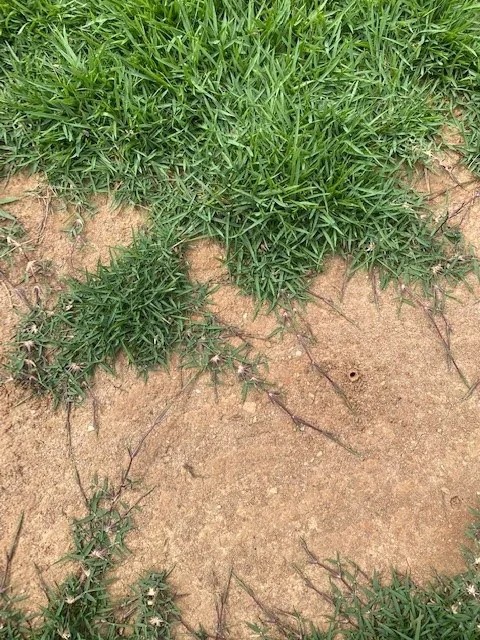
Homeowners can do the following as preventative measures:
Centipede grass shade tolerance is full sun to partial shade and does not do well in heavy shade. If the grass grows in a shaded area, it may become thin and weak, making it more susceptible to pests and diseases.
To address this issue, homeowners can:
Centipede grass has a slow spread rate and may take several years to establish fully.
If homeowners want to speed up the spread of centipede grass, they can use plugs or sod to fill in bare areas. Keeping the new grass well-watered and fertilized is essential to encourage growth.
Overall, homeowners can enjoy a beautiful and healthy lawn for years to come by taking care of their centipede grass lawn and addressing any problems promptly.
To summarize our discussion on centipede grass it is essential to remind you that it is relatively inexpensive and suitable for warm weather conditions and while it is low maintenance it must be taken care of properly so that it lasts a long time.
Ensure that your centipede grass receives more sunlight than shade and that it is watered and fertilized properly. Keeping up with healthy maintenance habits will ensure that no pests or brown patches appear on your centipede grass.